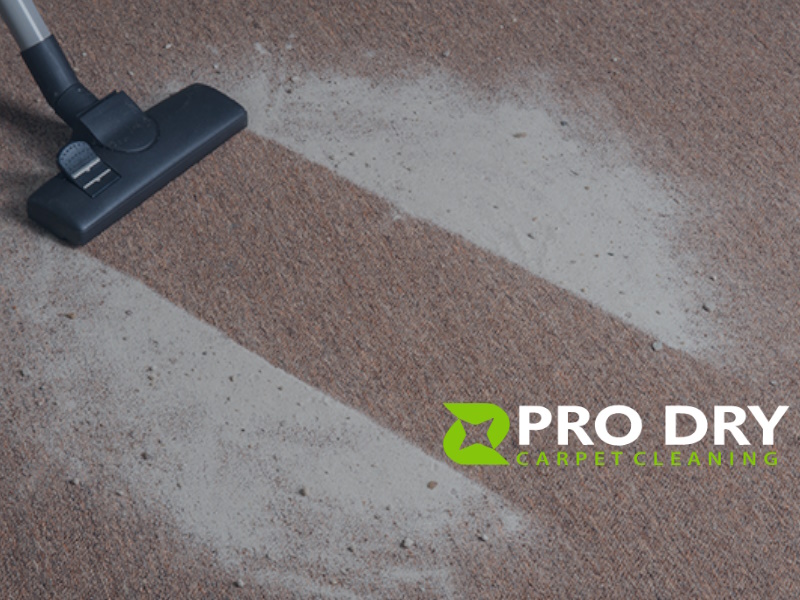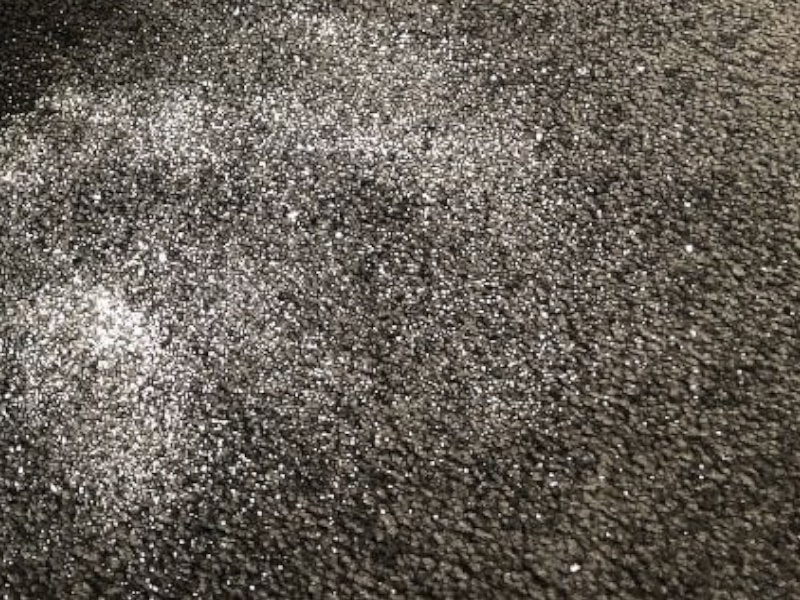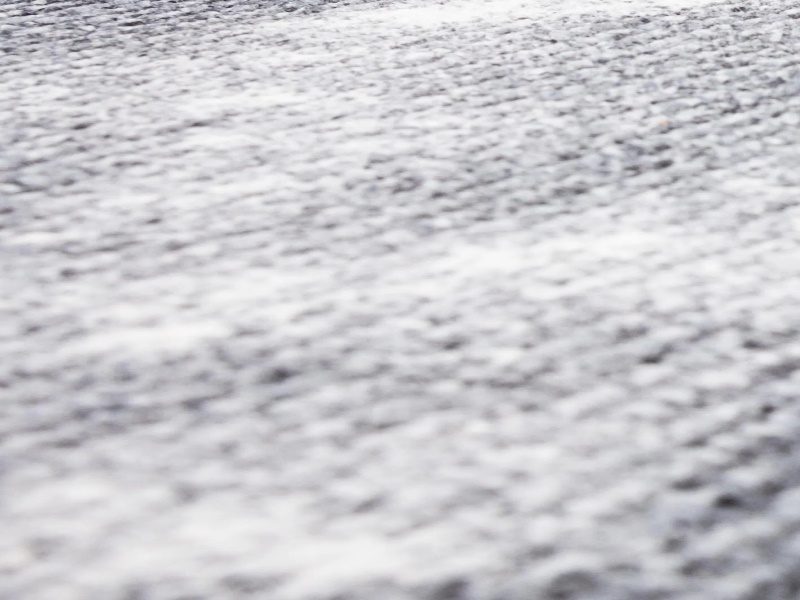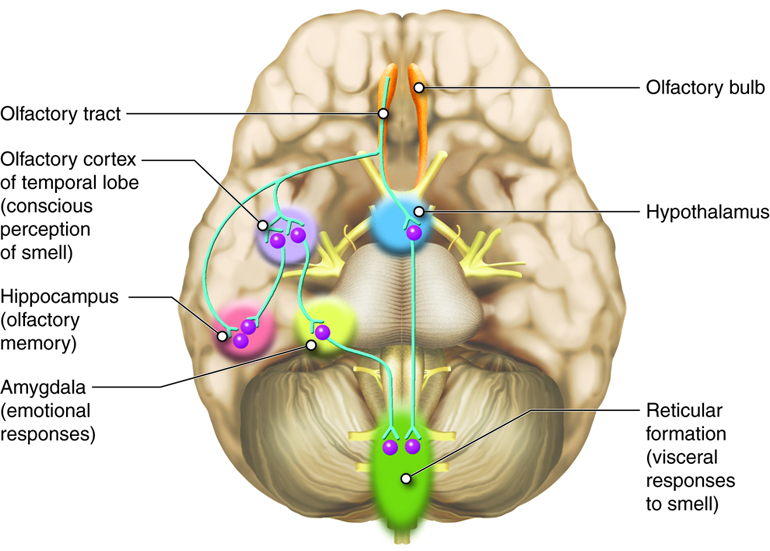
How To Deodorise Carpet
Exploring the best carpet deodoriser to remove smells
How To Deodorise Carpet
Imagine you’ve got your dream living room and your dream furniture, and then there’s an unpleasant smelling yet beautiful carpet lying on the ground. This pretty much ruins the entire mood of your living space, right?
Of course, carpet odours are inevitable, and anyone with carpet has dealt with it. But you don’t always have to deal with unnecessary smelly carpets. So, you may be asking; “How to deodorise carpet?”. Do you need expensive deodorising products, or should you call a local carpet cleaning service to deep clean and deodorise your carpet.
If you’re curious to know, you’ve come to the right place, because this guide will talk about all things carpet odours, from getting rid of odour to preventing them as well. So, let's dive right into it!

How Do Carpet Odours Trigger Us?
Odour perception, or in other words, the sense of smell, mediates via the olfactory nerve. The OR (aka olfactory receptor) cells are neurons existing within the olfactory epithelium.
Millions of OR neurons are present, acting as sensor signalling cells. With each neuron, there’s a cilia that functions in concert with airway mucus to mediate the critical function of mucociliary clearance, cleansing the airways of inhaled particles and pathogens. Now, odorous molecules stick to receptor proteins that extend from the cilia, thus, acting as chemical stimuli and initiating electric signals travelling down the olfactory nerve axons and to the brain.
When this electrical signal reaches a threshold, it fires the neuron, sending a signal travelling down the axon towards the olfactory bulb. This is where the interpretation of smell begins, thus, relating the smell to old experiences and the substance inhaled.
The olfactory bulb here serves as a transfer station that connects your nose to the olfactory cortex within the brain.
The olfactory information is then further processed and passed to the CNS (Central Nervous System), which controls behaviour and emotions along with simple thought processes.
Odour sensation depends typically on number of molecules accessible to olfactory receptors.
This way, a single odourant is usually identified by different receptors, and different odorants are then recognised via a combination of receptors.
From here, the neuron signal pattern aids in identifying the smell. Hence, the olfactory system doesn’t interpret any compound but focuses on the entire odorous mix. This doesn’t correspond to correlate with the intensity or concentration of any component.
Substances usually cause a smell when molecules end up on the olfactory neurons. However, the real nature of this particular interaction is controversial to some extent.
Until recently, this process was thought to have taken the form of the molecules physically landing in the protein receptor molecules wishing the olfactory neuron walls - similar to a key fitting a lock.
This highly implied that molecular shapes determine specific smells. However, this fails to deceive why certain molecules with the same shape can cause a different smell while others with different shapes cause similar scents.
This dilemma led to interesting evidence that molecular shapes are not everything by revealing that molecules having identical shapes yet different vibrational properties may have different smells.
Methods To Deodorise Carpet
1. Water & Sachet Packets
For this, you can easily find sachet packs across grocery stores, and they’re excellent against combating odours, especially pet odours. Plus, using them for deodorising carpets is pretty simple if you have a shop/wet vacuum.
Some of these products are even approved by the Carpet Rug Institute as one of the safest ways to cleanse carpet odours. And the best part is, you’ll only require water along with the sachets to work the magic.
Essential Items You’ll Need:
• Wet-dry vacuum
• Soft cloth sachet packs
• Water
The Process
First of all, the sachet packs work well on both small spots and large areas, so you don’t have to worry about coverage. Before starting with the deodoriser, rinse the smelly area/stain with water to minimise the odour.
Next, absorb water from the damp area with a dry cloth or towel to remove excess water. You can also utilise a wet-dry vacuum for this.
Lastly, open the sachet and sprinkle the content over the stained/smelly area and then vacuum it. This will result in a fresh and deodorised carpet.
2. White Vinegar
White vinegar is popularly considered as a natural deodoriser for carpets as it helps cut smelly odours without using harsh chemicals. Because of this, you wouldn’t have to worry too much about carpet damage.
This method is particularly ideal for removing odours trapped deep inside carpet fibres. For instance, the deep lingering smell from pet urine, which causes a pungent smell.
Essential Items You’ll Need:
• White vinegar
• Water spray
• Vacuum
The Process
Before you apply the vinegar, make sure to vacuum the carpet first. After this, you can start with the preparation, i.e., mixing white vinegar with cool water at a 1 parts vinegar to two parts water ratio.
Place the vinegar mixture into your spray bottle. You can now start gently misting the mixture into the required area without saturating it. If you apply too much moisture to the area, you may end up causing carpet water damage which will end up with a new set of problems and require a carpet drying service.
Start by spraying light to avoid a messy and wet surface. Next, wait for the mixture to dry and give the carpet a whiff to check whether the odour is gone or not. If the smell is still present, repeat the spraying process again.
Once the carpet is completely dry and odour free, give it a good vacuum to remove any remaining residues.
3. Carpet Deodorisers
If you've been thinking of how to deodorise carpet you've more than likely thought of just getting a carpet deodoriser from the store. Commercial carpet deodorisers offer a reliable way to remove a musty smell off your carpet. It’s a pretty effective method if you’re using good quality products.
If you’re unsure of which products to use, you can check out the list of approved products given by the Carpet Rug Institute. The products are designed with the guarantee to keep your carpets damage-free while removing foul odours.
If you’re purchasing the product on your own, always make sure to go for ones that are non-abrasive. Moreover, if you’re using powder deodorisers containing baking soda, ensure you’re not using them in damp areas.
However, if you’re looking for a more cost-efficient alternative, you can create your own homemade cleaner as well at your own risk.
Essential Items You’ll Need:
• A good deodorizer/Non-abrasive cleaner
• Carpet vacuum cleaner
• Towels or wet-dry vacuum
The Process
Spray the solution even across your entire carpet surface and leave it for around five minutes to ensure proper application. After this, rinse off the solution with clean water.
Next, blot the carpet with towels for absorption. You can also utilise a wet-dry vacuum to absorb the water which will be stronger and faster.
Once the carpet is fully dry, vacuum the carpet once more to try and ensure an odour-free carpet, and you’re good to go.

4. Carpet Shampooing
This is another effective way to deal with smelly carpets and keep them deodorised for a long time. What’s even better is that this method can also remove stubborn stains from your carpet.
Ensure you’re using a shampoo that’s approved and tested with excellent performance ratings to get the best results. Moreover, a safer product choice will also ensure your carpet stays safe.
You can either rent a machine and cleaning solution from a store and get average to somewhat good results or you can get it done right the first time and hire a professional carpet shampooing service to handle it for you.
Essential Items You’ll Need:
• A great shampoo
• Carpet stain remover
• Carpet cleaning machine
• Vacuum cleaner
The Process
First, vacuum the carpet to remove any dust while also preparing the surface. Next, check the instructions given on the product you’ve chosen and use it accordingly.
Now all that’s left is to clean the carpet as per the machine instructions and apply to areas that require some deep cleaning.
5. Enzyme Cleaners
Our last method is some good old enzyme carpet cleaner. It’s a great way to help tackle persistent carpet odours caused by pets. This method helps ensure the masked odour could be completely eradicated forever.
A word of caution with enzyme cleaners; sometimes these products can cause permanent bleaching – so be very wary!
Enzyme cleaners incorporate live bacteria to eradicate odours by eating up organic matter that causes the odour. Thus, creating enzymes and removing the smell when the organic materials are broken down.
This isn’t the quickest method. However, it’s pretty suitable for spot cleaning and removing lingering odour. You can purchase these enzyme cleaners in any retail, pet stores, or at the vet.
Essential Items You’ll Need:
• Enzyme cleaner
• Carpet vacuum
• Paper towels
The Process
Before we start, it’s important to remember that this method works better on recent stains such as pet urine.
Start by removing all excess liquid by blotting on the spot with a paper towel. Make sure your dabbing instead of rubbing the stain. Next, apply a good amount of the solution over the smelly area.
Once the solution is applied, leave it for about half an hour to work the magic. Depending on the kind of stain, you may have to leave it for up to weeks as well.
Lastly, check the smell once it’s dry and then reapply if it’s required. Finish off the process by vacuuming the area, and it may result in being odour-free.
Things To Avoid When Deodorising Carpet
You may have seen a few posts here and there online on items that can help when you want to know how to deodorise carpet, especially using household items. However, they’re not always safe to use, so here are some common items and why one should avoid to be on the safe side.
1. Baking Soda
This one is a well-known legend within the DIY carpet cleaning item list. But, it’s not as useful against deodoriding carpets and should be avoided if you want to keep things on the safer side. This is due to its abrasive nature, which ends up causing damage to your carpet.
It also basically sticks to the carpet and ruins the fibres. Hence, each time you’re walking over it, the particles from the baking soda spread and scratch the strands further.
Baking soda can also lead to delamination, which is something you should definitely avoid. Even in terms of vacuuming, it’s not possible for baking soda to get sucked up completely. Because of this, you’ll end up with a powdery surface residue that may need a professional to remove.
2. Borax
Borax, or any other borax-like substitute for that matter, is something you’ll likely have in your cupboard. After all, it’s an all-natural mineral compound that offers various uses.
Also called sodium borate, it’s popularly known as a multipurpose cleaner. Hence, it’s one reason why people consider it a great choice to remove carpet odour. However, this is not the case.
Borax is well known for its abrasive nature, and yes, it contains baking soda as well (which we’ve already discussed is not a good idea for carpets). So, it’s best to avoid this substance for deodorising your carpet.
3. Salt
We all know the infamous all-in-one kitchen solution – salt! It’s the number one kitchen ingredient and is used for almost anything from cleaning to cooking.
However, while it’s a good mineral cleaner, salt is still abrasive. And we’re all aware that abrasive deodorisers create a lot of damage to your carpet. So, it’s best to keep salt within the realms of cooking.
4. Club Soda
Club soda is pretty popular, but what exactly is it? It's simply water containing salts and carbon dioxide. And we’re pretty sure it has popped up on the DIY carpet deodoriser and how to deodorise carpet list every now and then.
However, it won’t help much with deodorising carpets, even though it may not cause any significant damage to the carpet unless excess moisture has been applied.
This is because there isn’t much difference with using normal water and club soda.
So, instead of splashing club soda over your carpet, you might as well just use cool tap water with a bit of vinegar.
5. Laundry Detergent
You might think laundry detergent will do the trick since it deodorises clothes, but this isn’t always the case. Yes, it can, in a way make your carpet smell nicer, but certain laundry detergents have brighteners, and these can cause bleaching.
These usually keep clothes clean, but they can also dye the carpet fibres. This leads to yellowing and colour loss, which you’ll want to avoid.
6. Oxi Products/OxiClean/Oxidisers
There are tons of posts that constantly suggest something like OxiClean to refresh or clean carpets. But the truth is, they can easily cause more damage than good.
Oxy products usually contain bleaching agents such as hydrogen peroxide. This chemical is good for treating certain types of stains, but it can bleach carpet when used in excess.
The products work by adding oxygen to the the affected area, hence they are known as oxygenators or oxidisers.
They are often found in pet carpet cleaning products but we have personally seen our clients use these supermarket products and they ended up bleaching their carpet.
We would highly recommend that any oxidisers are only used by carpet cleaning professionals to ensure the safest process possible.

7. Vodka
You’ve probably also read about this hack to deal with smelly carpets. After all, with the antibacterial properties of vodka, it seems like a pretty apt choice.
But once again, this just isn’t it. While it does serve as a good disinfectant against different organisms, it just won’t do much for your carpet.
The vodka hack won’t damage your carpet surface severely, but it’s not an effective way to clear up odours. So, it’s best not to waste vodka on the floor.
General Tips To Keep Carpets Smelling Fresh
One of the most important factors to keep in mind is regular cleaning. This is a simple and effective way to avoid nasty, smelly carpets.
So set up a suitable cleaning schedule to keep your carpet neat and tidy at all times. That said, here are a few tips on preventing carpet odours:
• Run the vacuum at least once per week
• During accidental spills, clean it right away. But make sure you’re using approved and non-toxic products to avoid further damage.
• If you’re an avid carpet lover, it’s highly recommended to have them cleaned professionally every 12-18 months. This’ll help remove embedded grime and dirt, which is usually the main culprit for the foul odour.
• Prevention is always better than cure. So, it’s good to incorporate doormats and remove shoes before entering the carpet zone. This’ll keep unwanted substances like diet from entering the carpet.
• Change air filters regularly to circulate fresh air while also reducing airborne dust particles, which will likely settle on your carpet.
• If your carpet is outright smelly, it’s highly recommended to remove the cause of the smell (you can give the methods we’ve mentioned above a try).
• Lastly, don’t splurge on expensive and fancy products. It doesn’t always get the job done and ends up damaging your carpet further due to toxic substances.
Now that you know how to deodorise carpet and remove odours, you can implement these tips and tricks yourself. There's a lot to learn when it comes to all things carpeting, so if you're in the Brisbane suburbs, you can contact PRO DRY Carpet Cleaning to professionally clean and deodorise your carpet to a professional standard.

